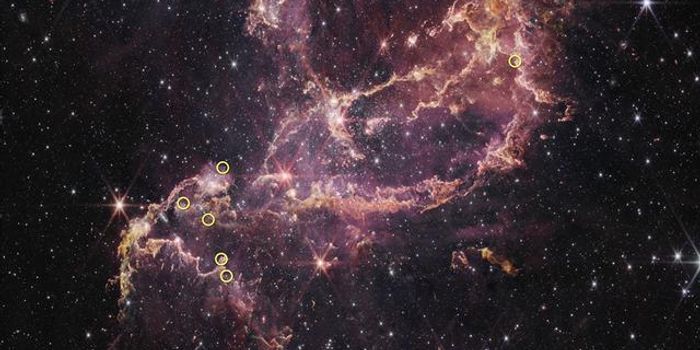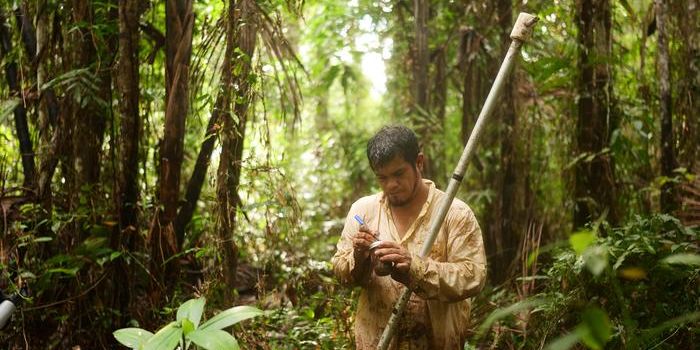What we still don't understand about photosynthesis
Researchers from the University of Leeds and Kobe University in Japan have designed a new method to explore the still-misunderstood mechanisms of proteins during the process of photosynthesis. Although the scientific world has been aware of how plants convert sunlight into energy for nearly three centuries, the organization of proteins during photosynthesis remains largely an enigma. The new study, published in the journal Small, aims to address that mystery.
"For many decades scientists have been developing an understanding of photosynthesis in terms of the biology of whole plants,” comments Dr. Peter Adams, who is an Associate Professor in the School of Physics and Astronomy at the University of Leeds. “This research is tackling it at the molecular level and the way proteins interact. A greater understanding of photosynthesis will benefit humankind. It will help scientists identify new ways to protect and boost crop yields, as well as inspire technologists to develop new solar-powered materials and components."
The technique the team has developed relies on hybrid membranes that are bioinspired by plant membranes as well as atomic force microscopes that can see down to the nanoscale level in order to look at how individual protein molecules act. Atomic force microscopy, while ideal for viewing objects at the nanometer scale, is a challenge to use for viewing plant membranes because natural membranes are so fragile.
That’s where the hybrid membranes the team designed come in – with synthetic lipids supporting the natural plant material in the membrane, the result is a more robust membrane that can withstand atomic force microscopy. In addition to atomic force microscopy, the team also used a technique called fluorescence lifetime imaging microscopy, or FLIM.
"The combination of FLIM and atomic force microscopy allowed us to observe the elements of photosynthesis,” explains lead author Sophie Meredith, from the School of Physics at the University of Leeds. “It gave us an insight into the dynamic behaviors and interactions that take place. What is important is that we can control some of the parameters in the hybrid membrane, so we can isolate and control factors, and that helps with experimental investigation. In essence, we now have a 'testbed' and a suite of advanced imaging tools that will reveal the sub-molecular working of photosynthesis."
Sources: Small, Science Daily








